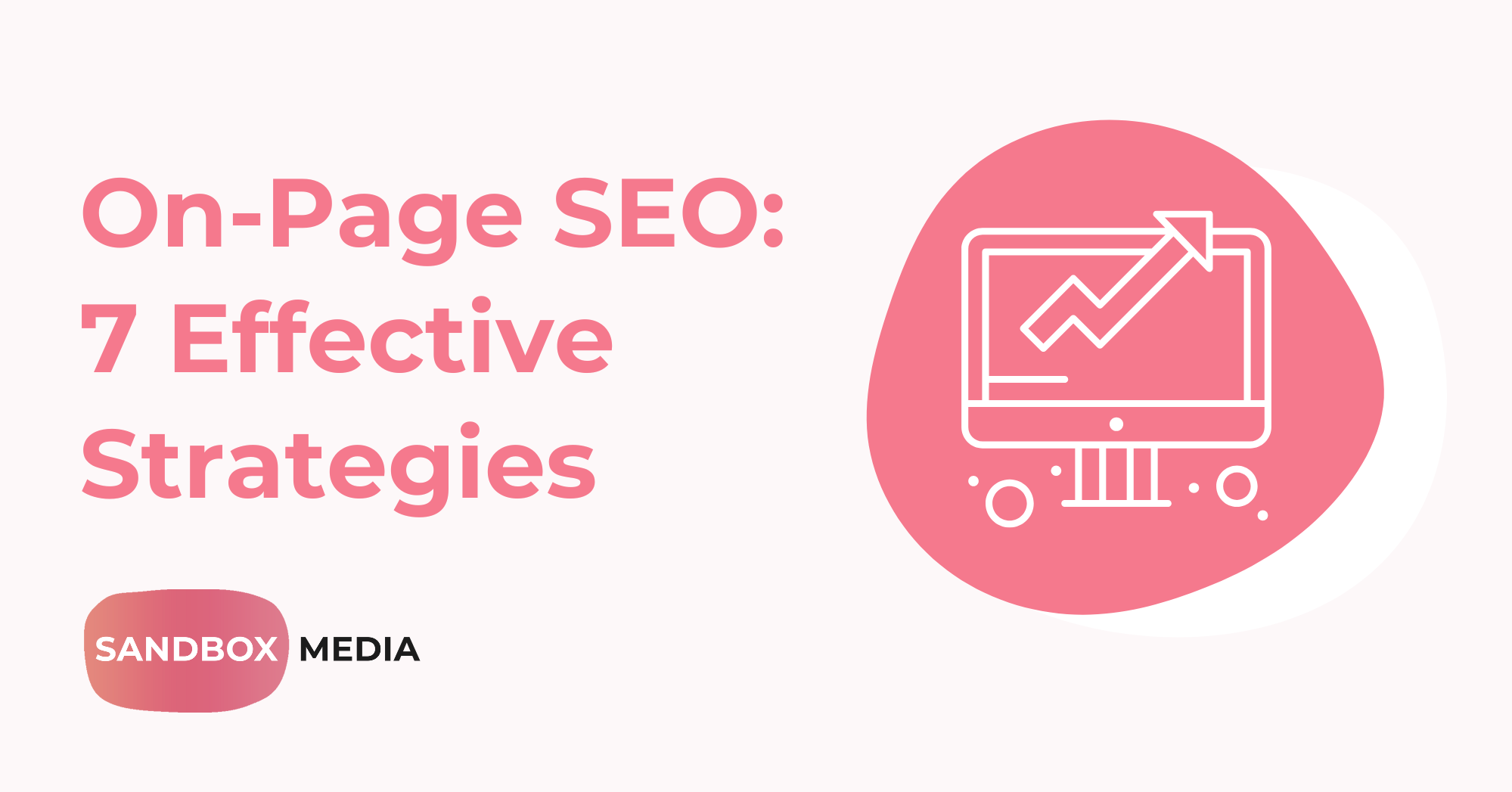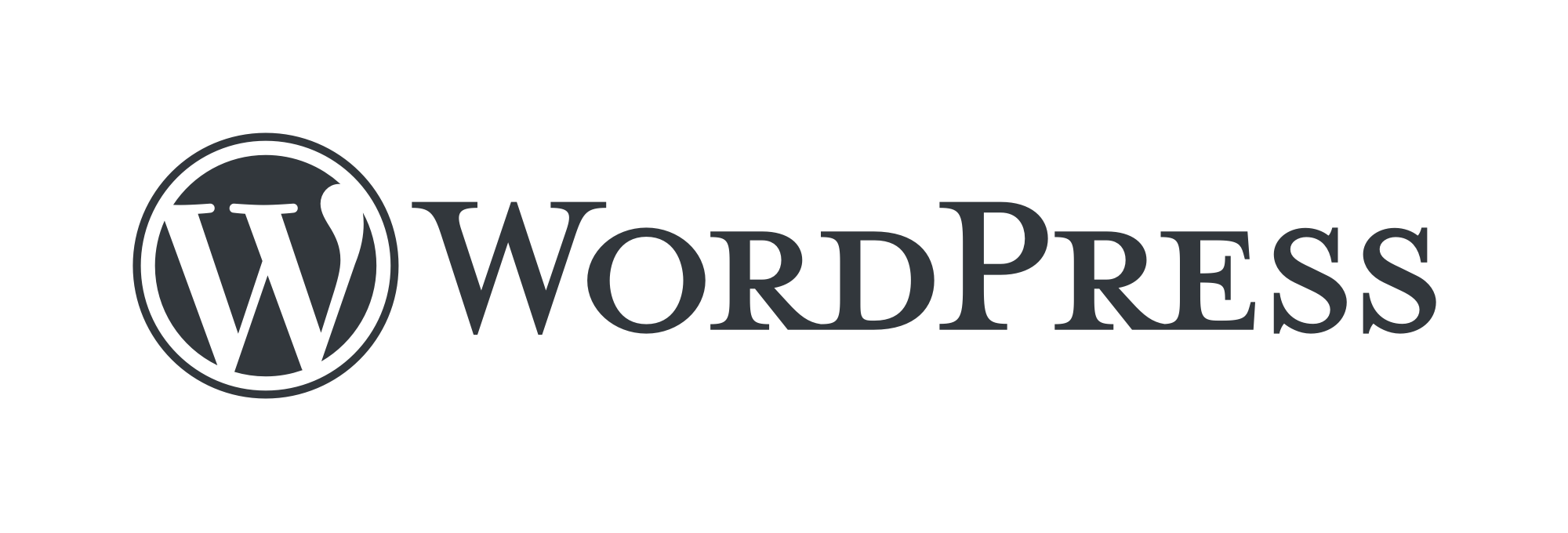As search engines evolve, so must your strategies to rank Google.
On-page SEO is one of the most important aspects of any digital marketing strategy — and in 2025, it’s more advanced than ever.
Whether you run a small business website or manage a large-scale eCommerce platform, ensuring your pages are well-optimised is essential to gaining organic visibility and converting visitors.
In this guide, we give you 7 of our most effective on-page SEO strategies that are essential for success this year. Let’s dive in.
What is On-Page SEO?
Optimising individual web pages to rank better and attract more relevant search engine traffic is known as on-page SEO. Unlike off-page SEO — which deals with elements such as backlinks — on-page SEO is entirely within your control.
It includes everything from the quality of your content and how it’s structured to HTML elements like title tags, image optimisation, and page load speed.
What makes on-page SEO so effective is that it not only helps search engines better understand the content of your pages but also improves user experience. When search engines can interpret your site structure and content relevance, they’re more likely to recommend it to users.
Why is it Important?
In the competitive digital landscape of 2025, securing a spot on the first page of search engines or ranking at the top of AI-driven results can be the difference between a thriving online presence and digital obscurity. More than ever, search engines are paying close attention to user experience indicators like time on page, bounce rates, and how well your content responds to the user’s query.
On-page SEO plays an essential role in all of this. It forms the foundation upon which all other SEO strategies are built. You could have an excellent backlink profile, but if your on-page elements aren’t aligned with best practices, your rankings will suffer.
On-page optimisation is also a scalable and cost-effective way to improve visibility. Once your pages are correctly optimised, they continue to work for you in the background — generating traffic and conversions without ongoing spending on advertising.
Content
Creating Helpful, User-Centric Content
The foundation of on-page SEO is content. Not just any content, though; it needs to be high-quality, helpful, and crafted with actual user intent in mind.
Google’s “Helpful Content” system, which has seen multiple updates in recent years, rewards websites that offer unique, useful content and show a thorough awareness of their target demographic.
Effective content in 2025 requires more than just ticking boxes. It’s about offering substance.
This could mean providing real-world examples, unique data insights, or actionable advice. You should write naturally and with a clear tone of voice that reflects your brand while being mindful of structure and formatting for readability.
Keyword Targeting & Natural Integration
Keyword stuffing is firmly a thing of the past, but strategically incorporating relevant keywords into your content is still important. Start by using tools like Google Keyword Planner, or SERanking to determine what your audience is searching for.
Once you’ve identified these terms, incorporate them naturally into your page, especially in the title, opening paragraph, and subheadings.
Remember, relevance and user experience must always come first. If a keyword feels forced, it’s better left out.
Today’s algorithms are smart enough to understand synonyms and semantic context, so there’s no need to awkwardly cram keywords into every sentence.
E-E-A-T & Demonstrating Authority
Google’s E-E-A-T framework — Experience, Expertise, Authoritativeness, and Trustworthiness — is a core component of quality evaluation. Websites that clearly show they are trustworthy sources are far more likely to rank well.
To optimise for E-E-A-T, consider publishing author bios with credentials, linking to reputable external sources, showcasing client testimonials, and maintaining transparency in your business practices. If you’re a service provider, including case studies or success stories is another powerful way to demonstrate real-world experience and outcomes.
Meta Information
Meta tags still play a pivotal role in how your site appears on the SERPs (Search Engine Results Pages) and whether users choose to click through to your site.
Meta Title
Your meta title should concisely reflect the content of your page while including your primary keyword. Avoid being overly generic — instead, make your titles descriptive, accurate, and appealing. This is your first opportunity to attract attention.
A meta title should be approximately 50-60 characters long to ensure it displays properly in Google search results. Google measures meta titles in pixels, not just character count. The typical limit is around 580 pixels on desktop. Some characters (like “W” or capital letters) take up more space than others (like “i” or “.”).
Example of a Meta Title
Meta Description
The meta description should act as a teaser for the page’s content. While it doesn’t directly impact rankings, it strongly influences click-through rates. A well-written meta description should summarise the page’s main benefit or insight and, ideally, include a subtle call to action.
For example, a phrase like “Discover top laser clinics offering safe & effective treatments for hair removal and skin rejuvenation. Get smooth, radiant skin today!” gives users a reason to click.
A meta description should roughly be between 150-160 characters for desktop. However, Google measures meta descriptions in pixels, not just character count. The display limit is around 920 pixels on desktop.
Use tools like Google SERP Simulator to check your meta title and description lengths before adding to your webpage.
Meta tags should be unique for every page and regularly reviewed to reflect updates in your content strategy.
Example of a Meta Description
URLs
URL format affects user experience and SEO. Clear, informative URLs that accurately represent your content are easier for consumers to remember and for search engines to crawl.
A well-optimised blog post, for example, would have the following URL:
https://sandbox-media.com/blog/best-content-stragies-2025
This is clear, keyword-rich, and easy to understand.
In contrast, non-descriptive URLs such as https://sandbox-media.com/article?id=098123 provide no context for the material and have the potential to confuse bots and users alike.
You should aim to:
- Keep URLs concise and to the point.
- Use hyphens to separate words (never underscores).
- Avoid unnecessary parameters or numbers unless essential.
- If the content is nested, it should represent the hierarchy of your website.
An optimised URL supports rankings and builds trust. If users can read a URL and instantly understand where it leads, they’re more likely to click.
Structure
Content structure is often overlooked, but it’s one of the most important strategies to improve readability. Proper use of headings (H1, H2, H3, etc.) is essential.
Every page should include a single H1 tag — usually your main title. There should be one H1 tag on each page, which is typically your main title. Under this, information should be divided into major sections using H2 tags and subsections using H3 tags. For additional subdivisions, use H4, H5, and lower-level headers as necessary. This hierarchy helps both readers and bots understand the logical flow of your content.
Well-structured pages also tend to perform better in voice search and featured snippets, where Google pulls concise, organised content to display at the top of the results.
Additionally, using consistent, easy-to-read headings makes your information more accessible to screen readers and assistive technologies. This isn’t just good SEO — it’s good practice.
Linking
Internal linking helps search engines distribute link equity throughout your website, directs people to more relevant material, and helps search engines understand the relationships between your pages.
When done well, internal links can reduce bounce rates and increase dwell time. For example, on a blog about on-page SEO, you might include links to related topics like keyword research, user experience, or optimising for multimodal search interfaces.
The anchor text, or the text that can be clicked in a hyperlink, is equally significant. Anchor text that is descriptive and relevant to the keyword gives background information about the destination page. Generic phrases like “click here” are much less successful than phrases like “learn more about local SEO.”
Avoid overloading a page with too many links, and focus on quality over quantity. Every link should add value and support the user’s journey through your site.
Image Optimisation
Images play a key role in enhancing content, breaking up large text blocks, and supporting visual learning. However, without proper optimisation, they can hurt your site’s performance and accessibility.
Firstly, ensure all images are compressed without noticeable quality loss. Tools like TinyJPG or Photo Resizer can significantly reduce file sizes and improve page speed.
Secondly, ensure every image has a descriptive file name and meaningful alt text. Alt-text serves two purposes: It makes your site more accessible for visually impaired users, and it gives search engines more context about the content.
Using images relevant to the topic, such as infographics, screenshots, or product photos, can also improve engagement. When appropriate, include schema markup for images so they may be pulled into rich search results or featured snippets.
Page Speed + Performance
Website performance is one of the most significant ranking factors in 2025. Google continues to place high value on Core Web Vitals, which assess how quickly and smoothly your pages load and respond to user interaction.
The three main Core Web Vitals are:
- Largest Contentful Paint (LCP) – Should load within 2.5 seconds.
- First Input Delay (FID) – Should be under 100 milliseconds.
- Cumulative Layout Shift (CLS) – Should remain below 0.1 for a stable experience.
Optimising for speed means minimising scripts, reducing server response times, leveraging browser caching, and using modern image formats. You should also consider lazy-loading images and getting rid of unused code.
Implementing SCHEMA Markup
Another optimisation layer that improves how search engines understand your material is structured data, or SCHEMA. It doesn’t affect rankings directly, but it can lead to rich results, such as star ratings, FAQs, and more noticeable listings on the SERP.
Structured data helps Google categorise your pages more accurately, whether you’re marking up articles, reviews, services or events. This can significantly increase visibility and click-through rates.
On-Page SEO Services: Sandbox Media
At Sandbox Media, we specialise in helping businesses and growth-driven brands take control of their on-page SEO. We don’t offer off-the-shelf SEO solutions; instead, we develop customised strategies that align with your specific goals and target audience.
Some of our services include:
- In-depth website audits
- SEO-optimised content creation
- Technical on-page optimisation
- Internal link architecture development
- Schema markup implementation
- Meta and title tag optimisation
- Improvements to page speed and performance
We stay on top of the SEO landscape so you don’t have to — giving you more time to focus on your business. To ensure long-term success, our team continuously monitors performance using real data, not guesswork.
Final Thoughts
On-page SEO is an ongoing process of improvement and alignment with user behaviour and search engine expectations. By focusing on helpful content, clean site structure, fast load times, and technical excellence, you’ll position your website for long-term success.
With the right strategy in place, your on-page SEO can become one of your most valuable digital assets.
If you’re ready to boost your online presence, get in touch with the team at Sandbox Media. Let’s build something search engines — and people — love.













